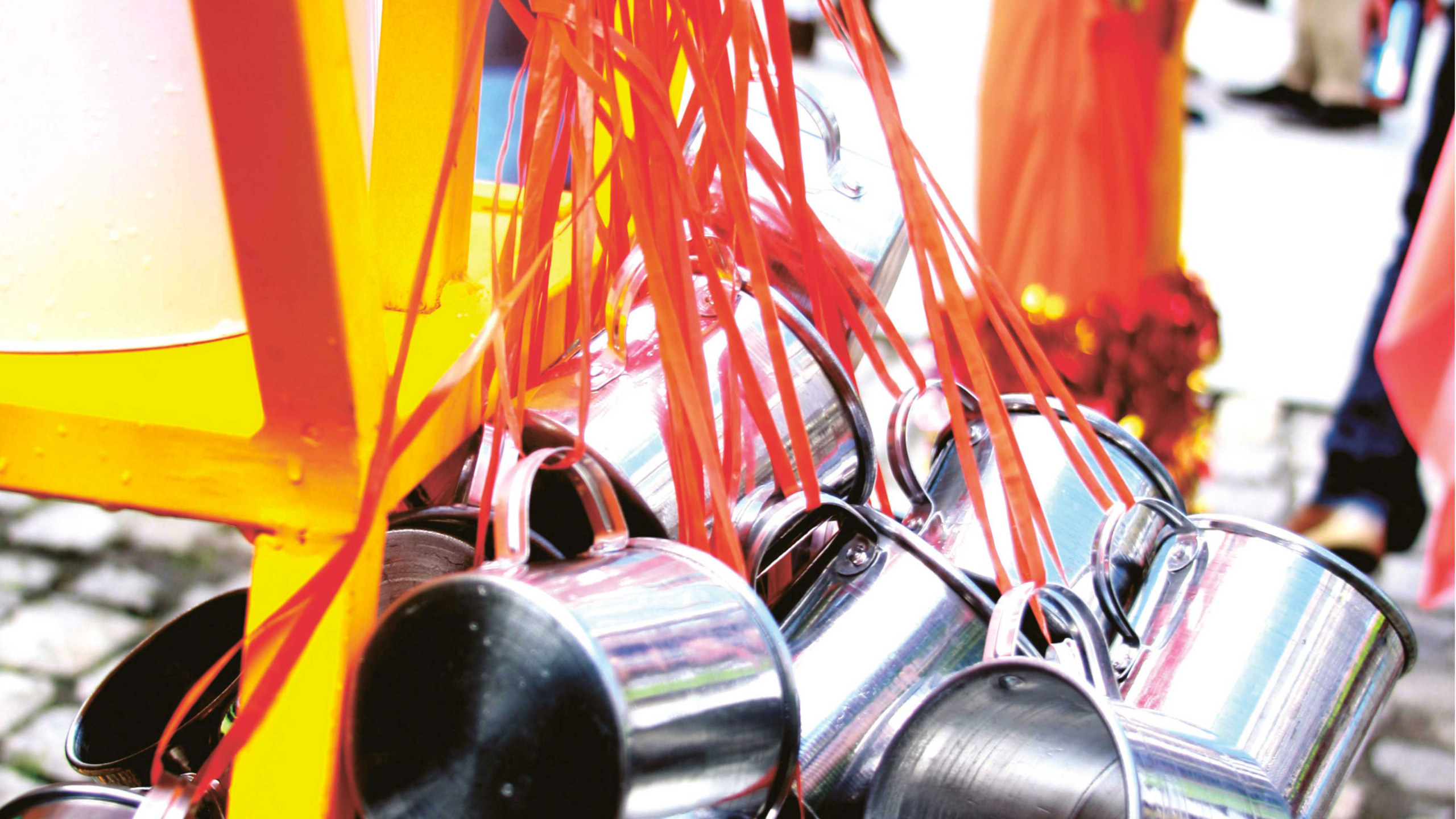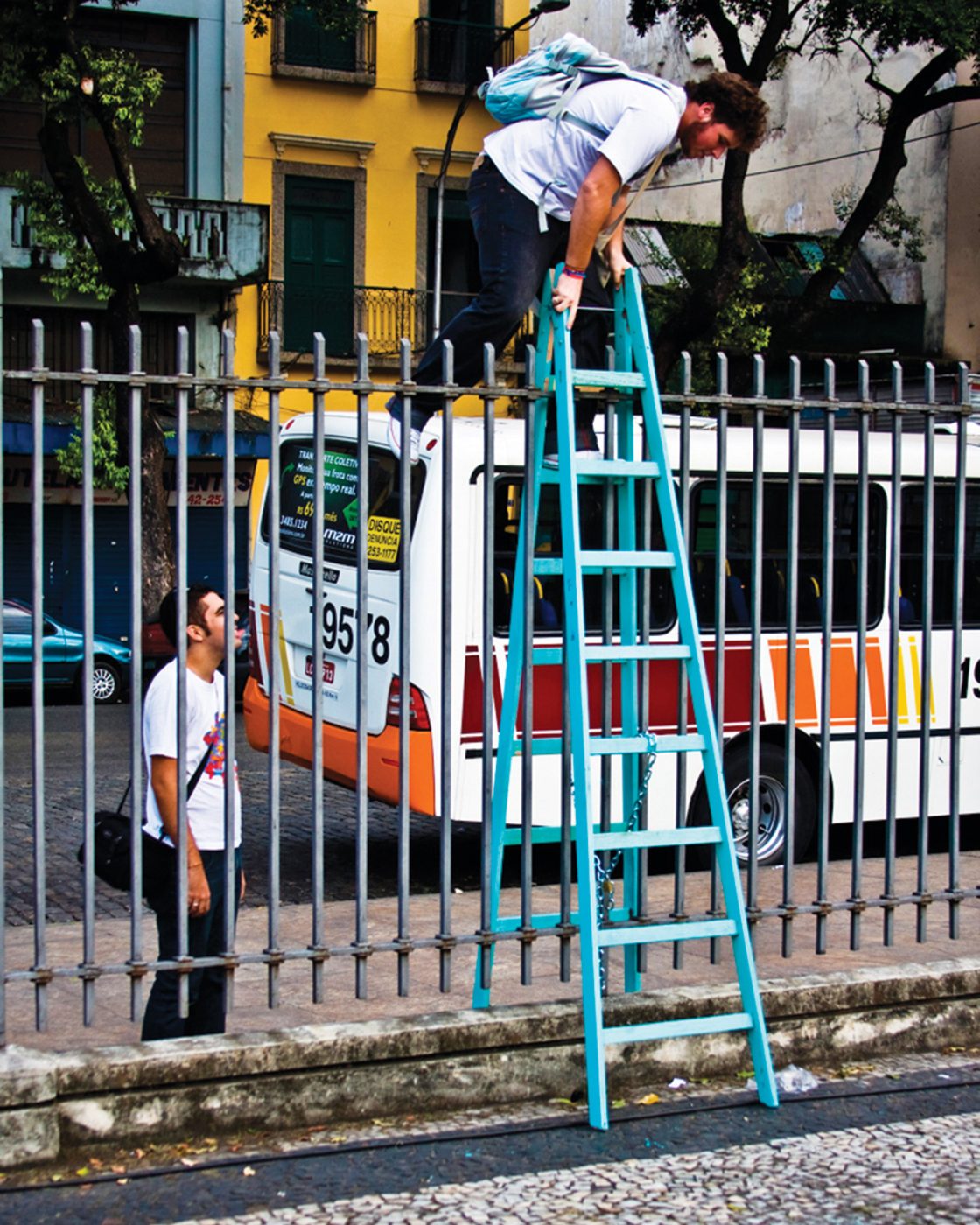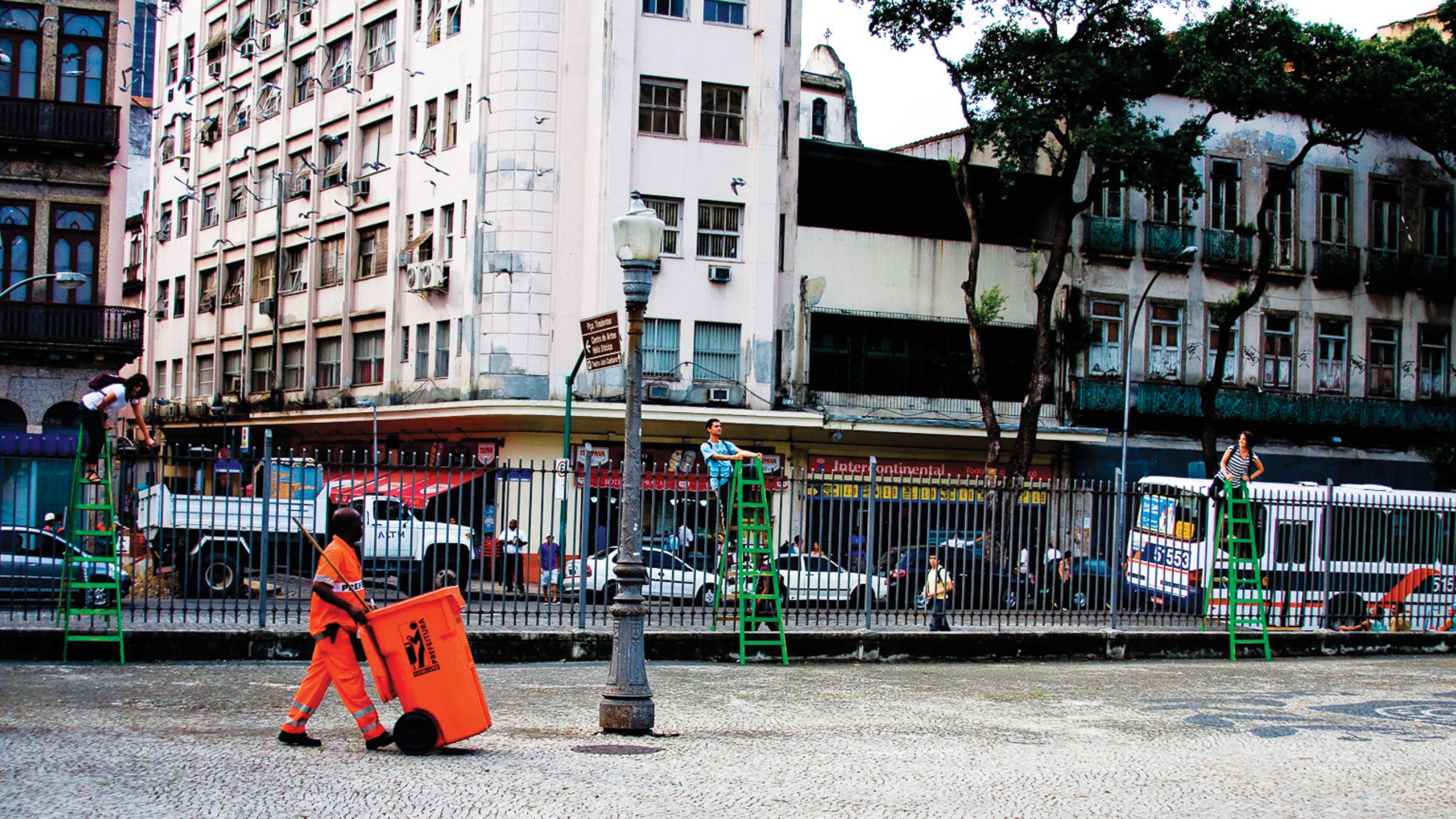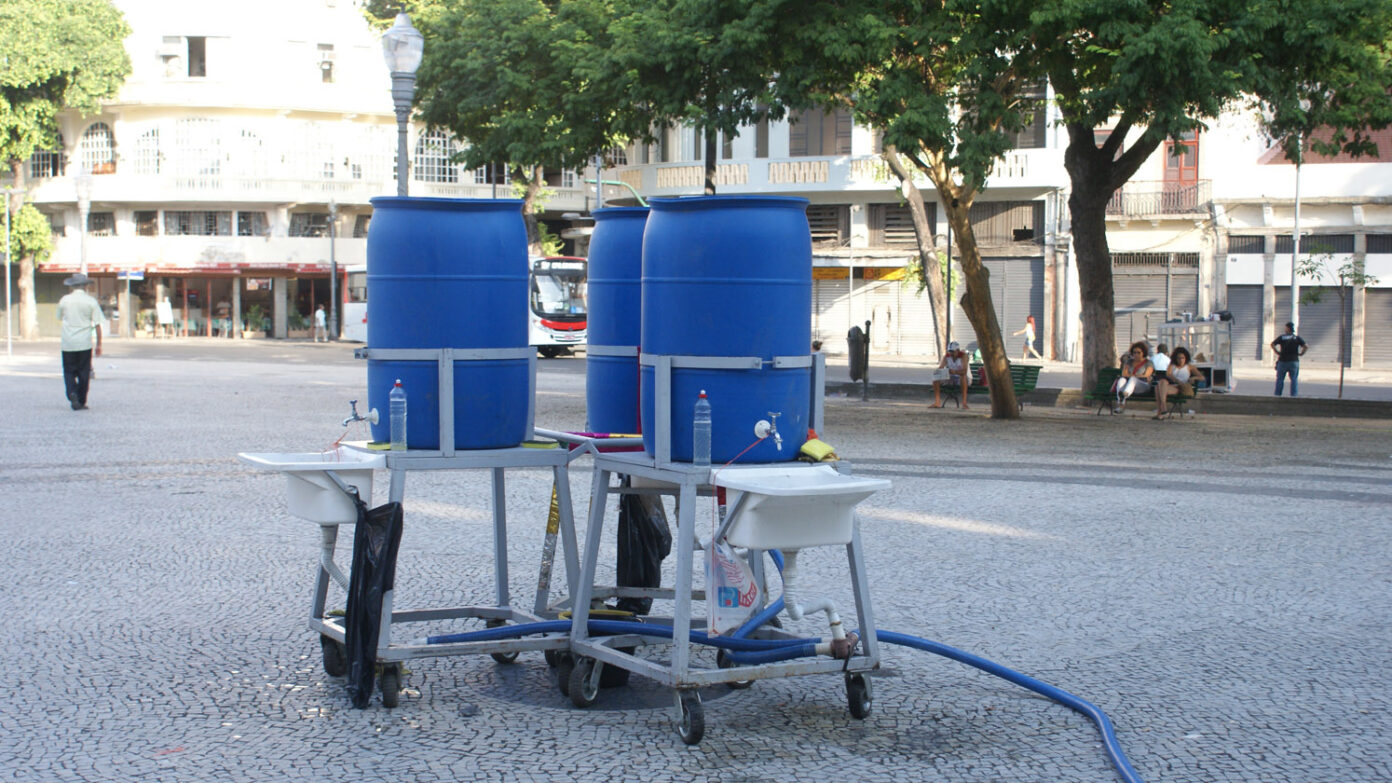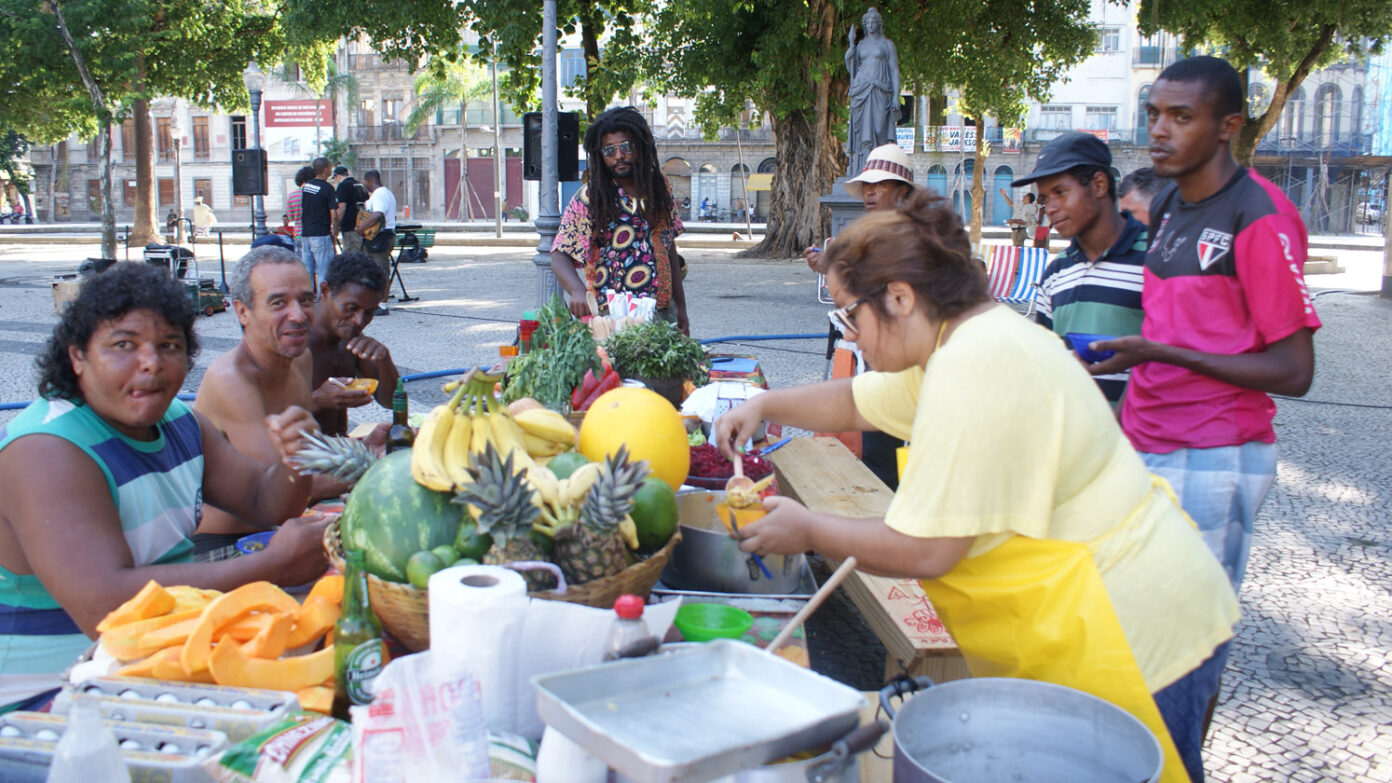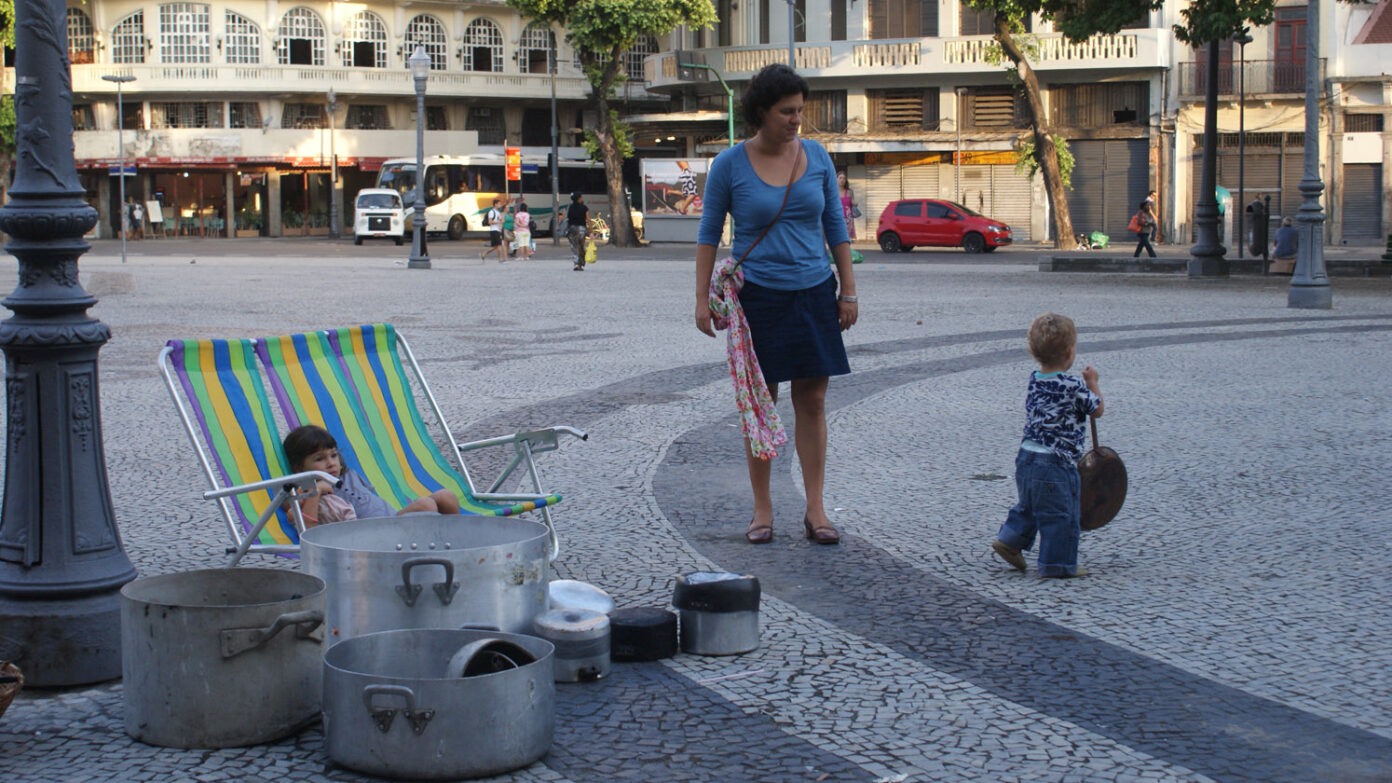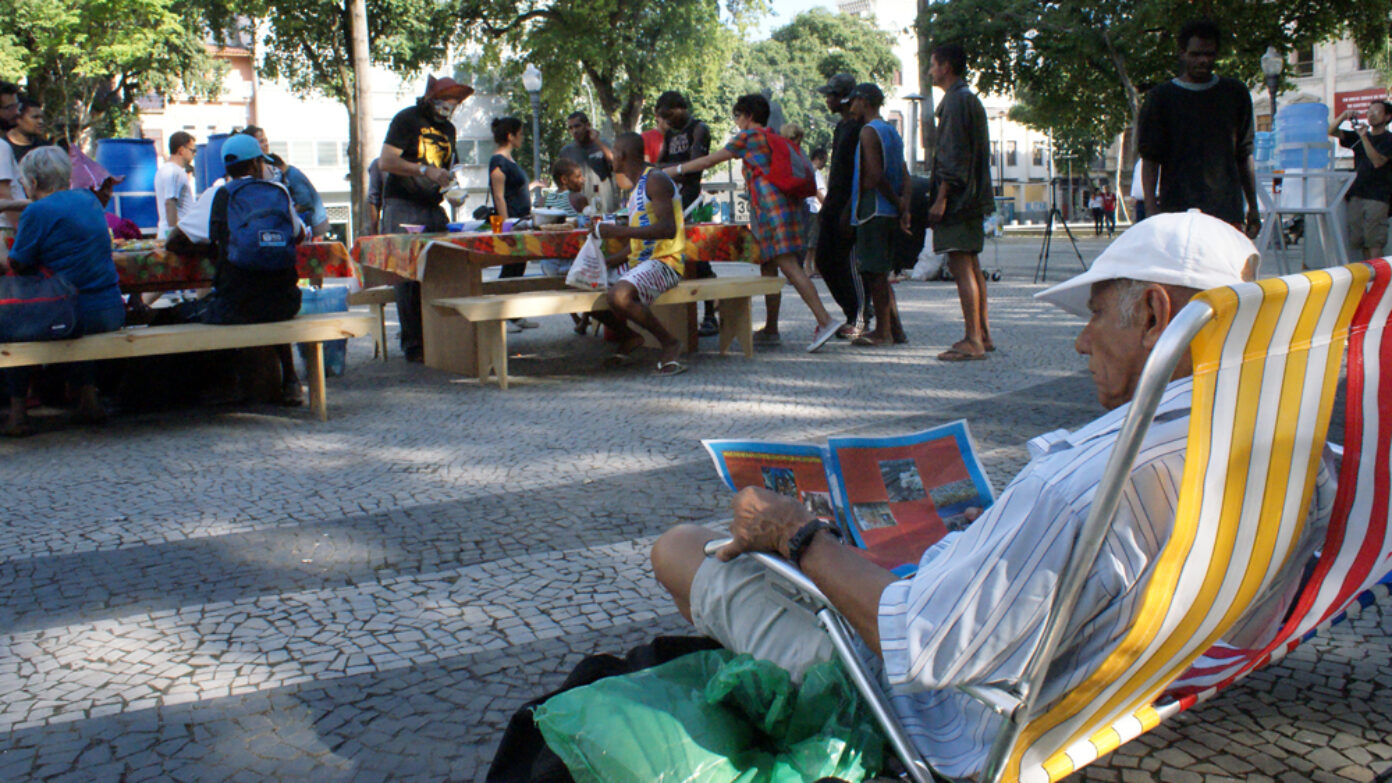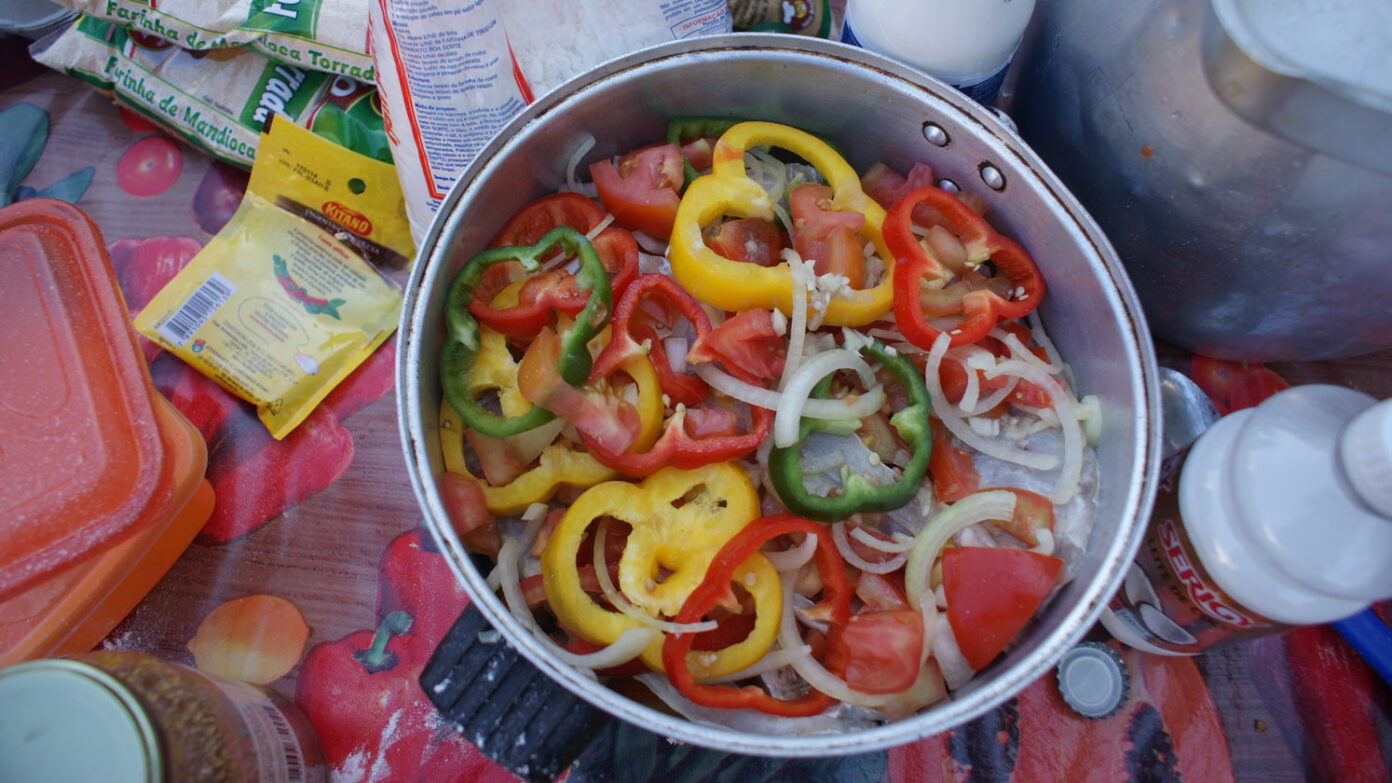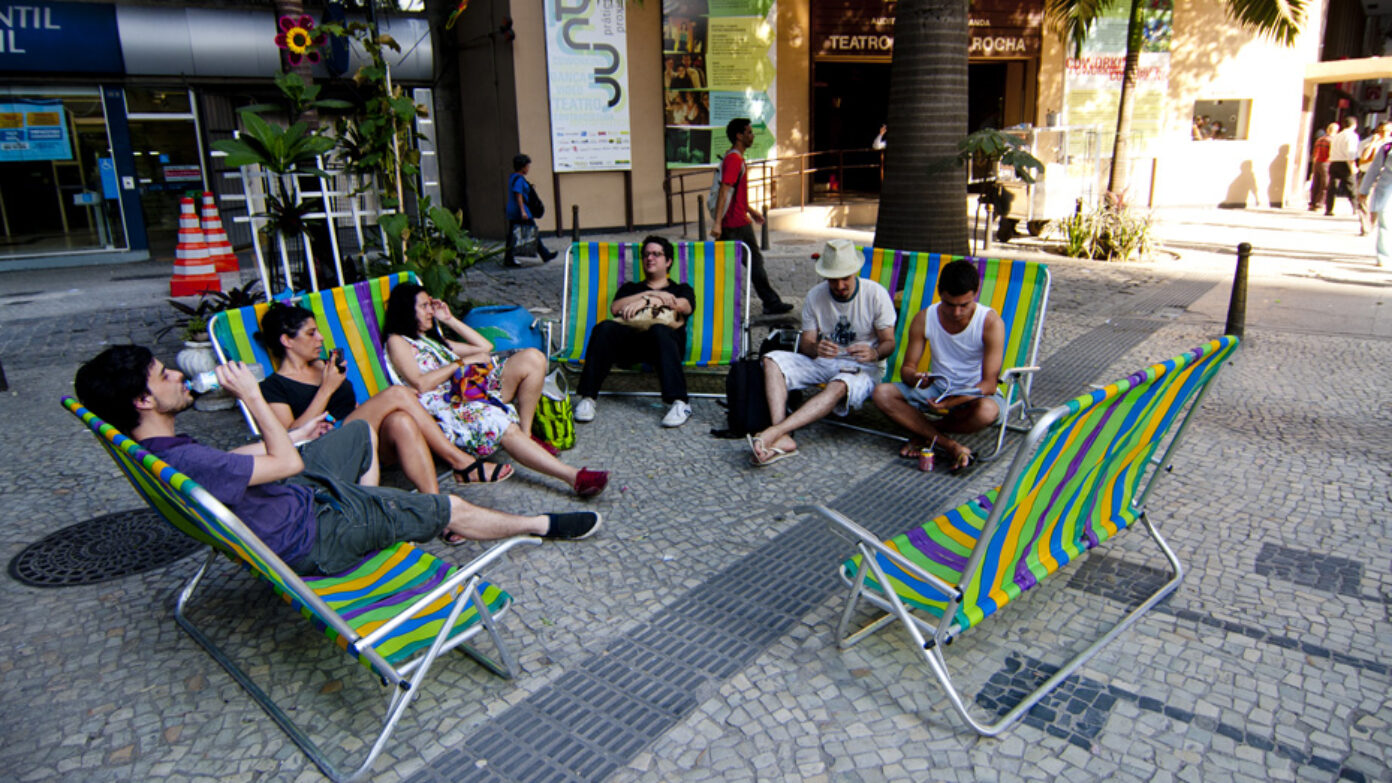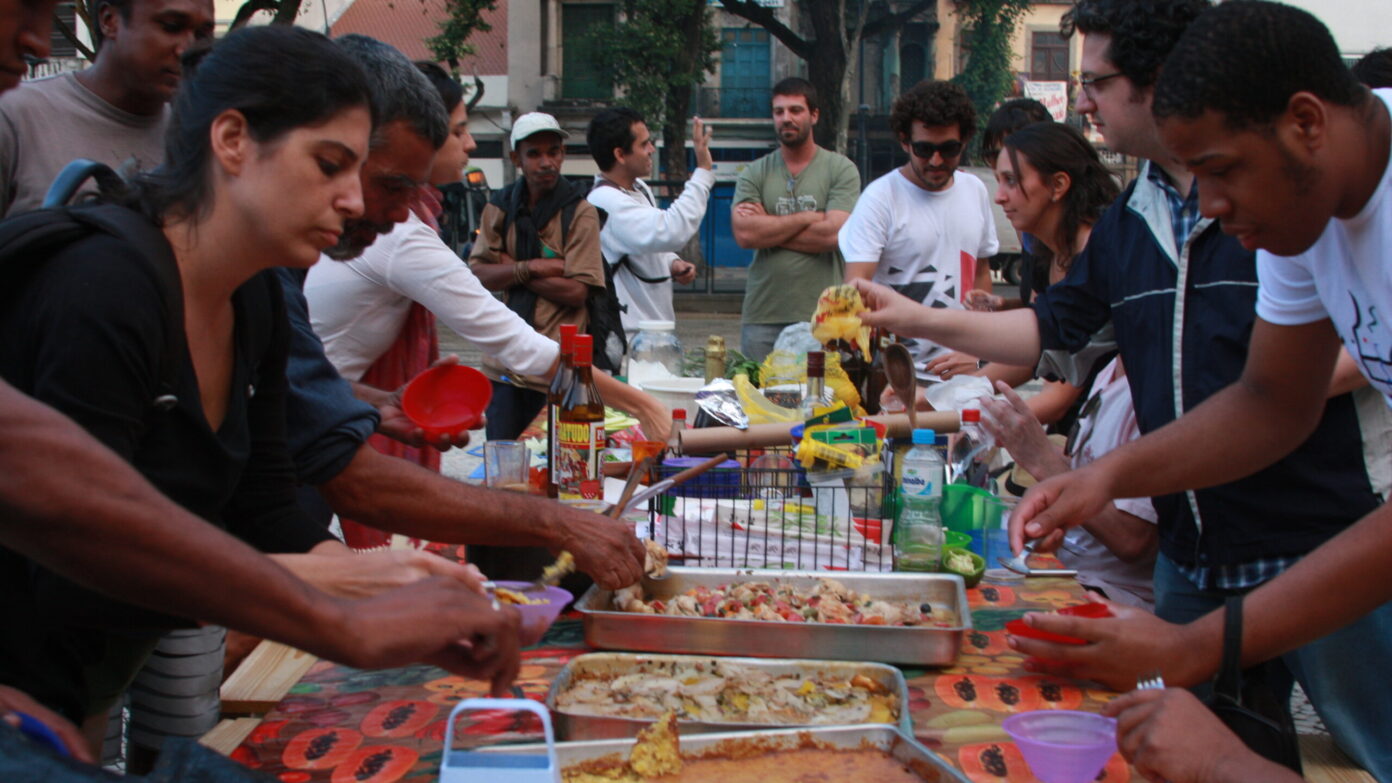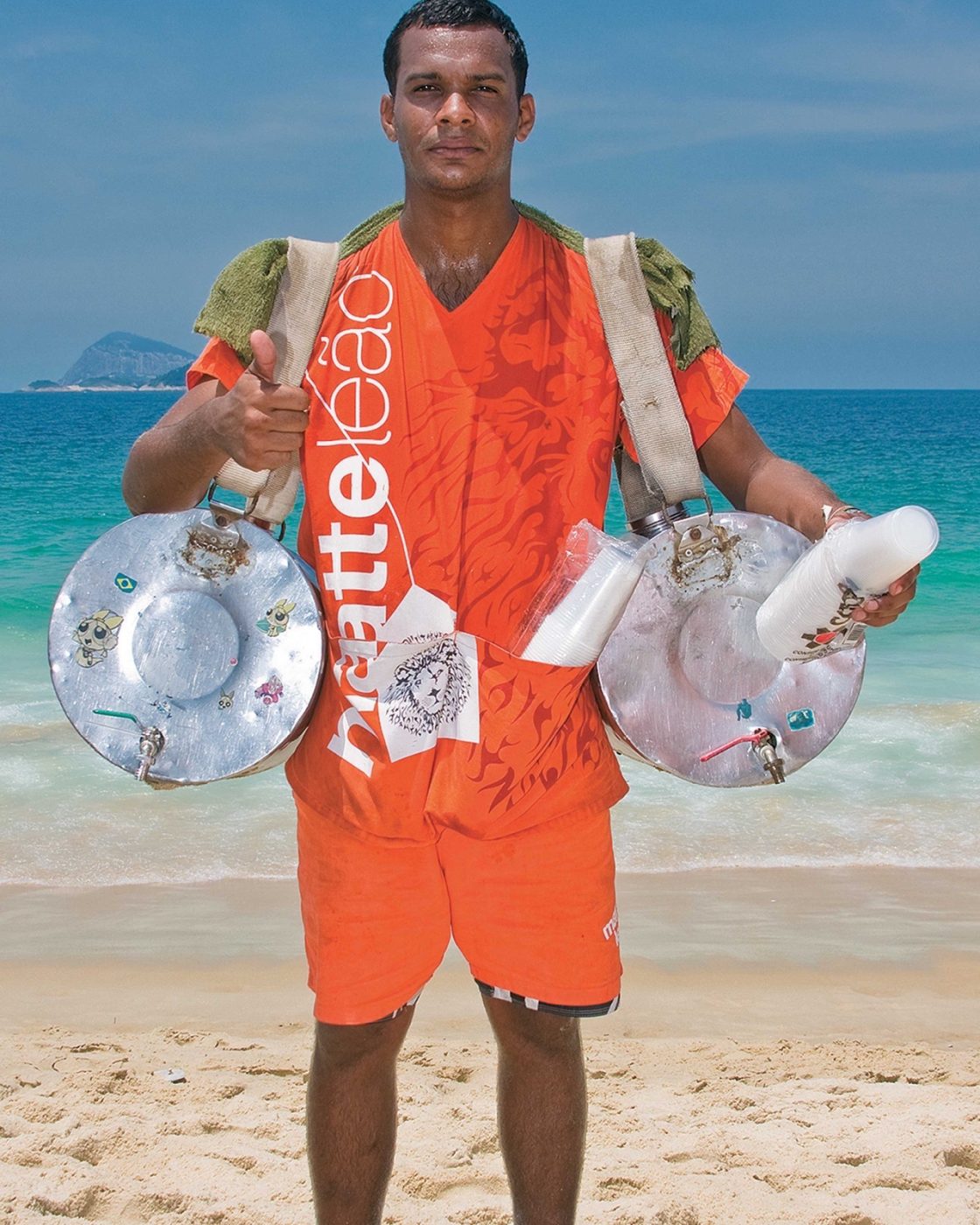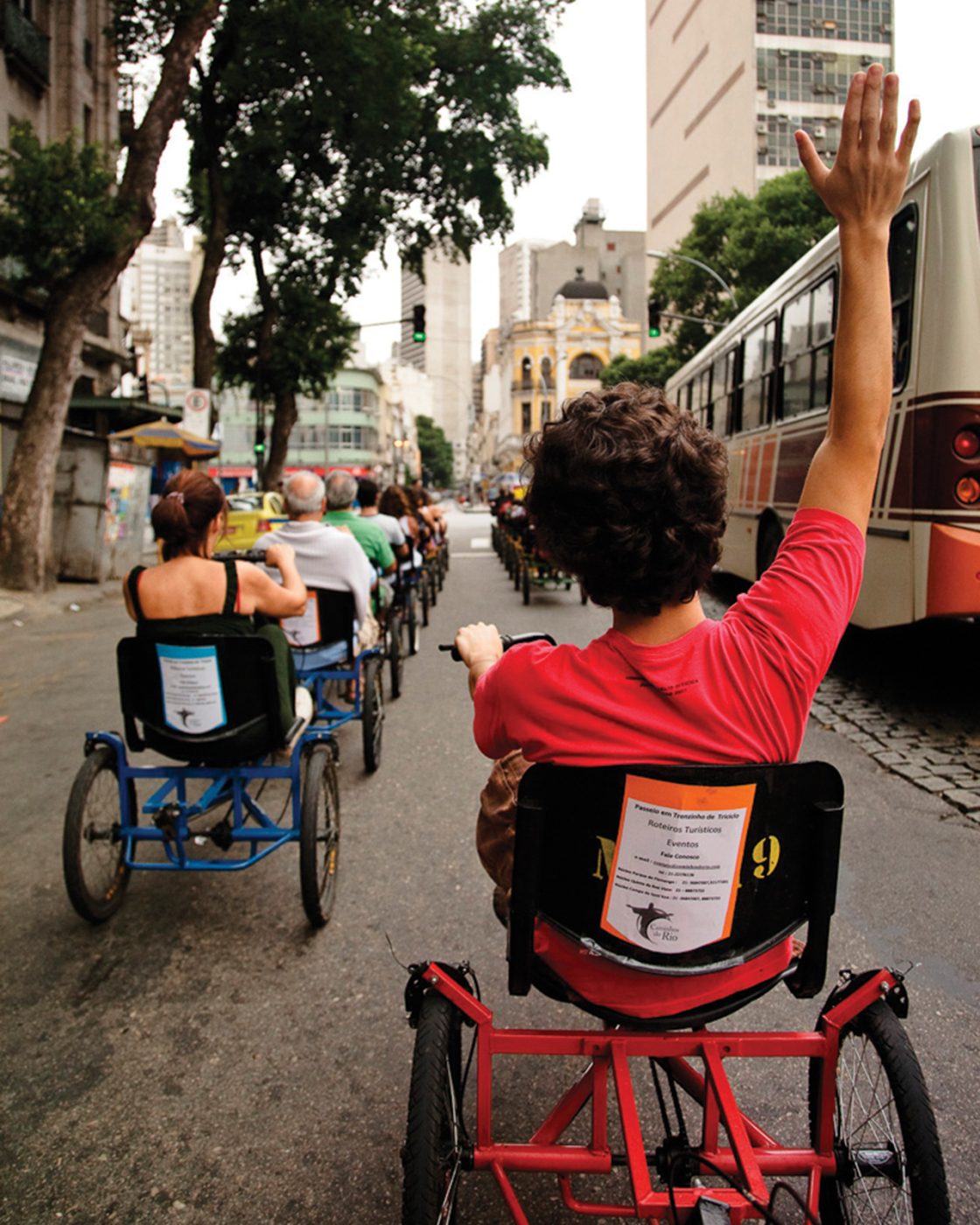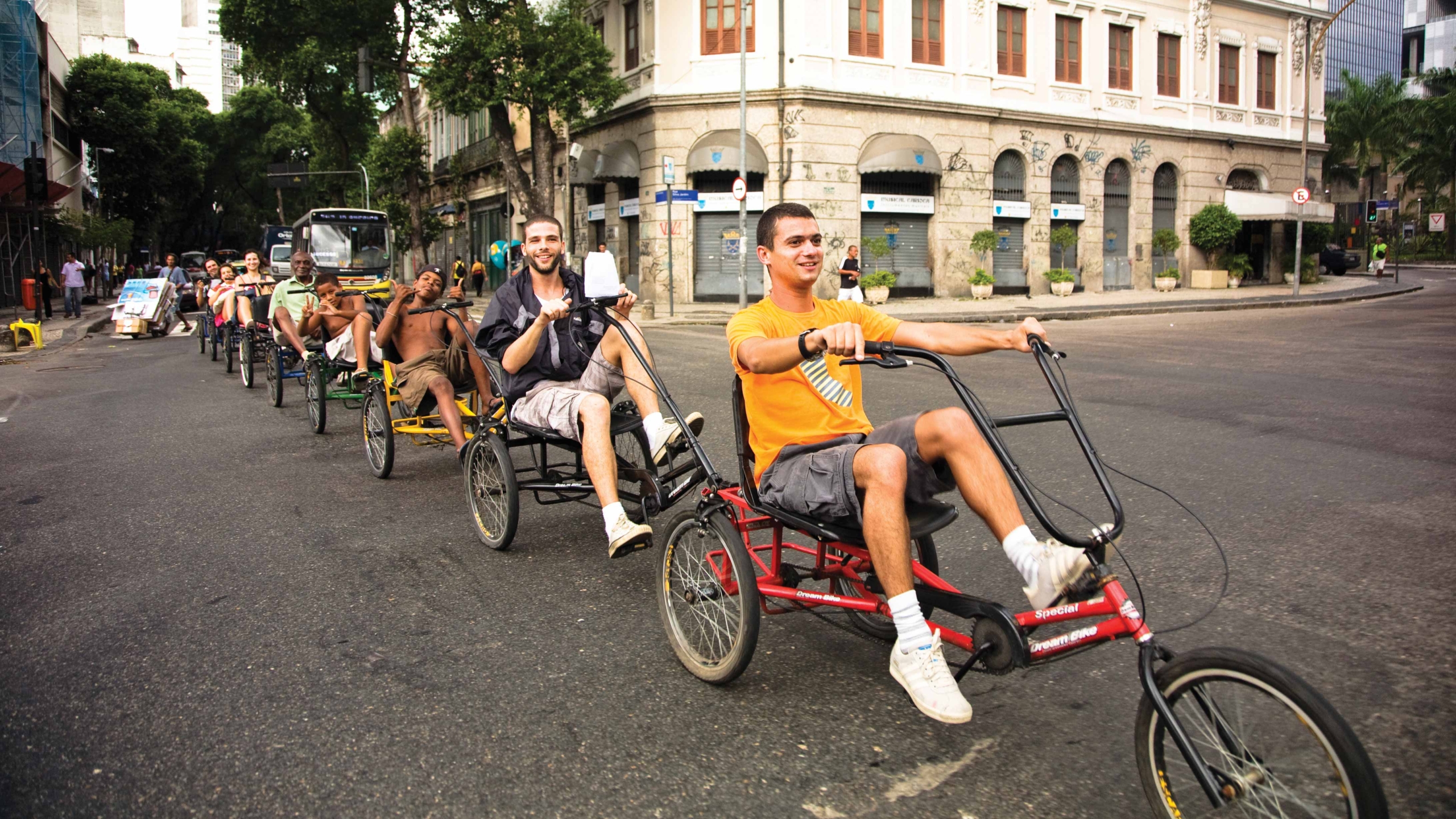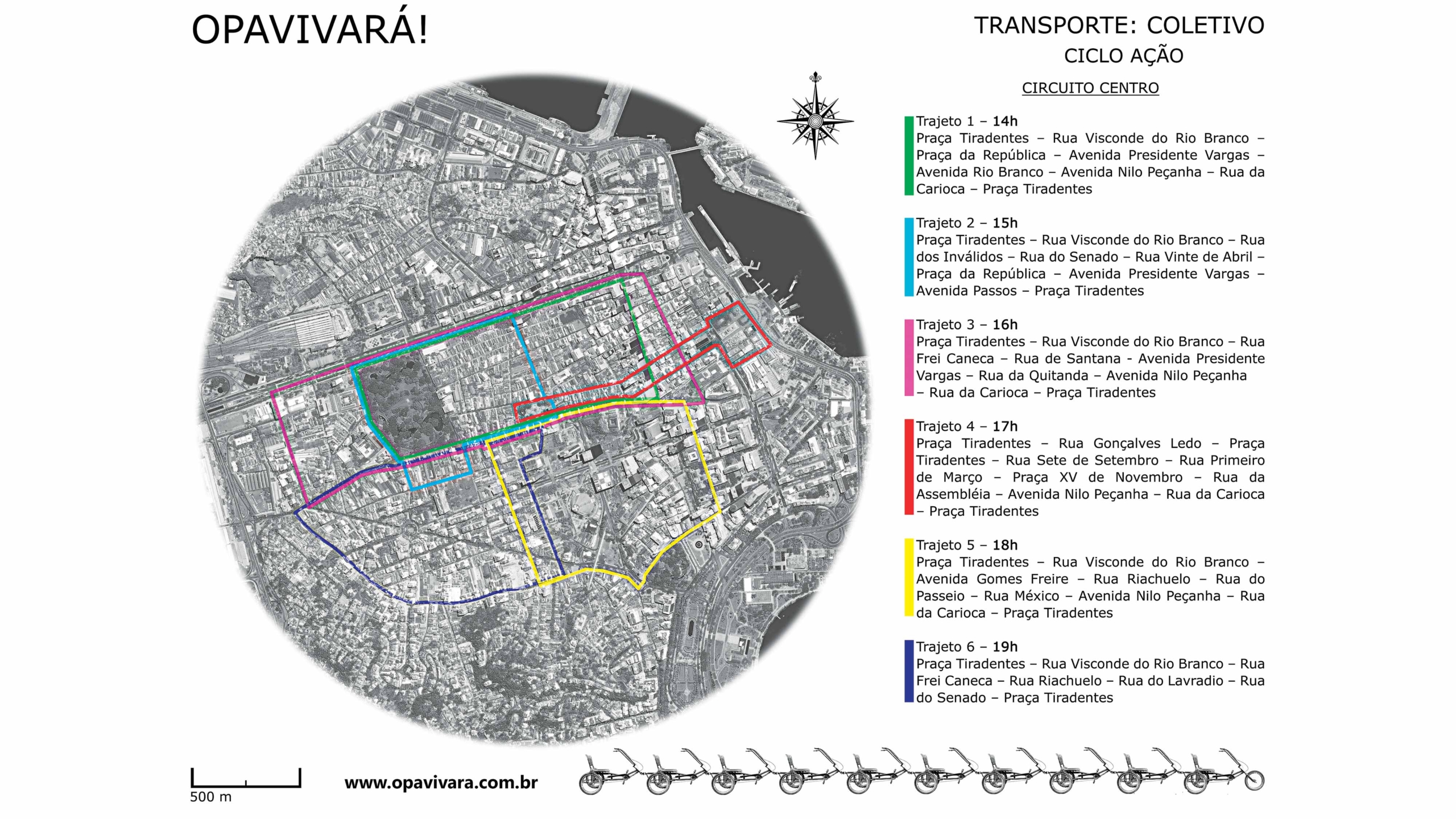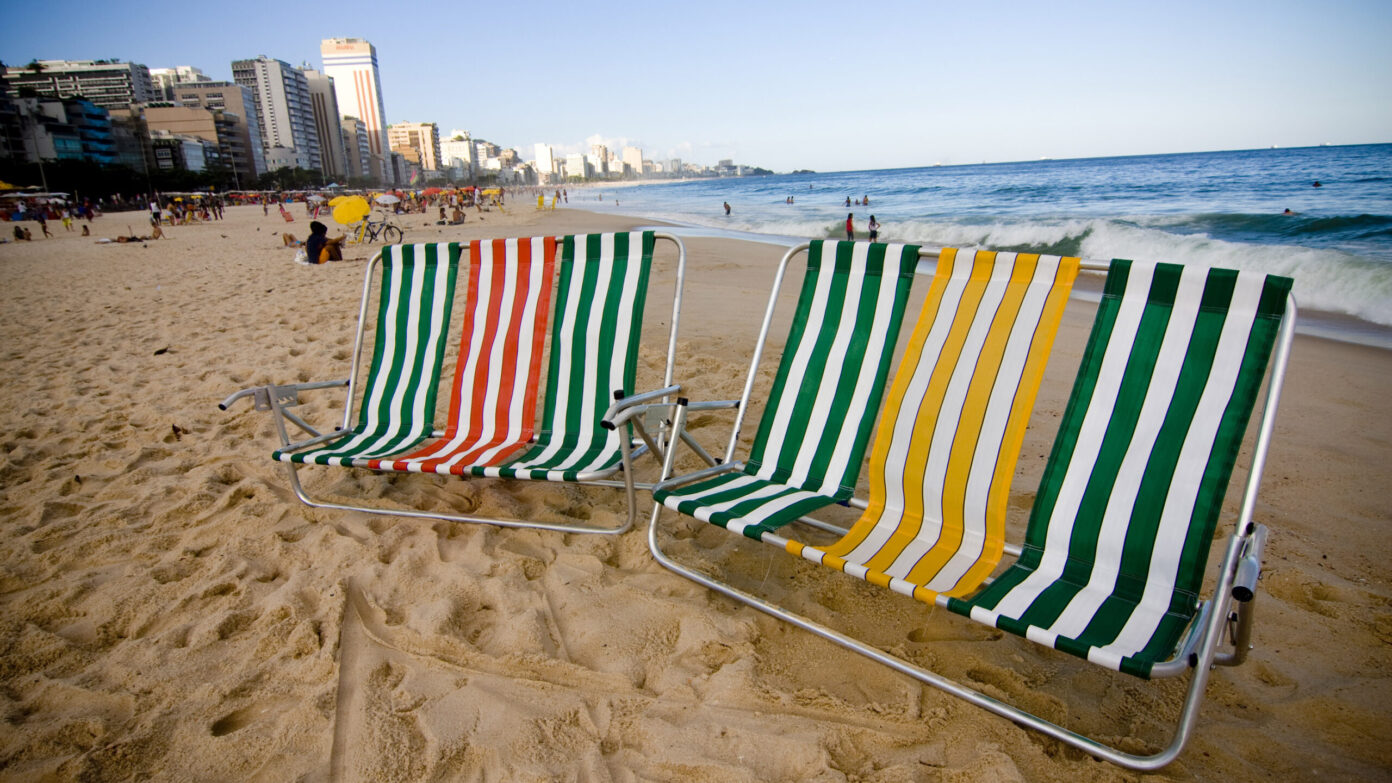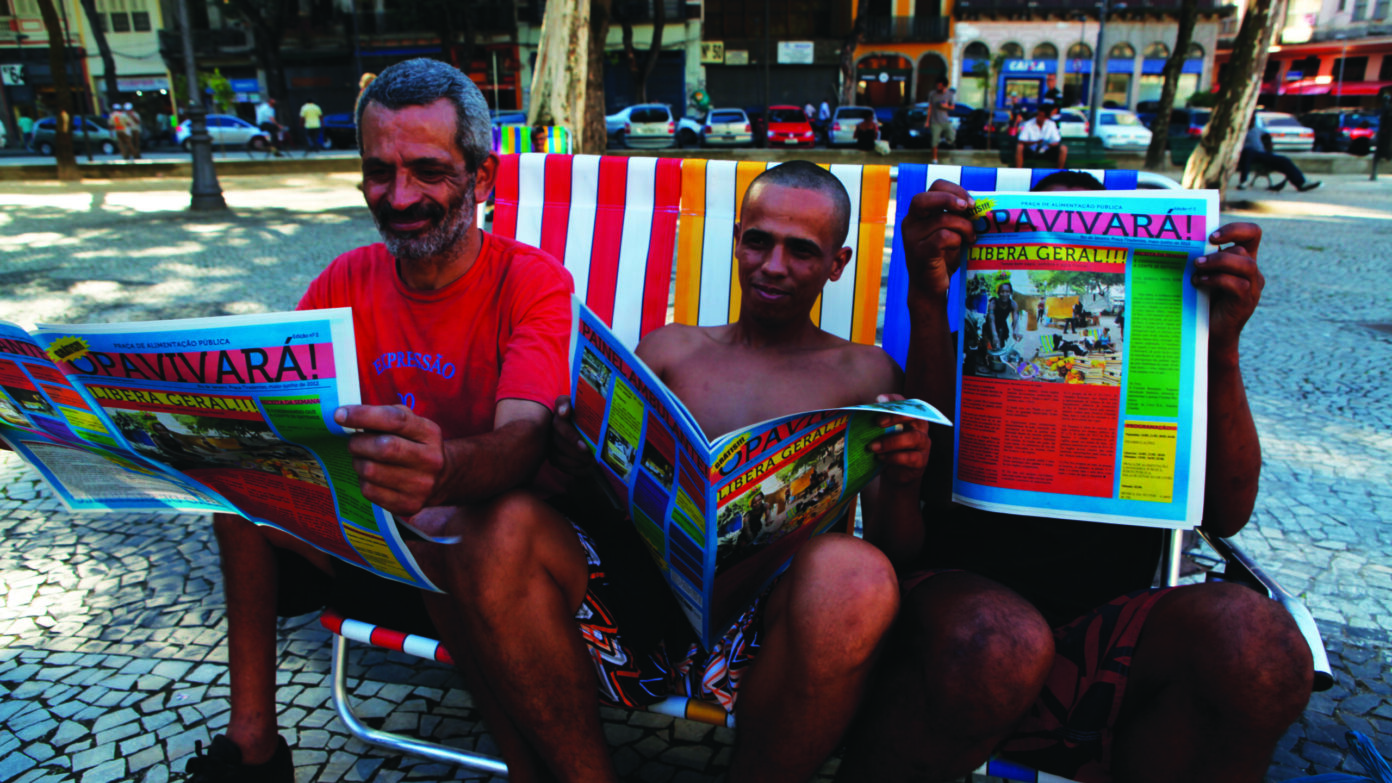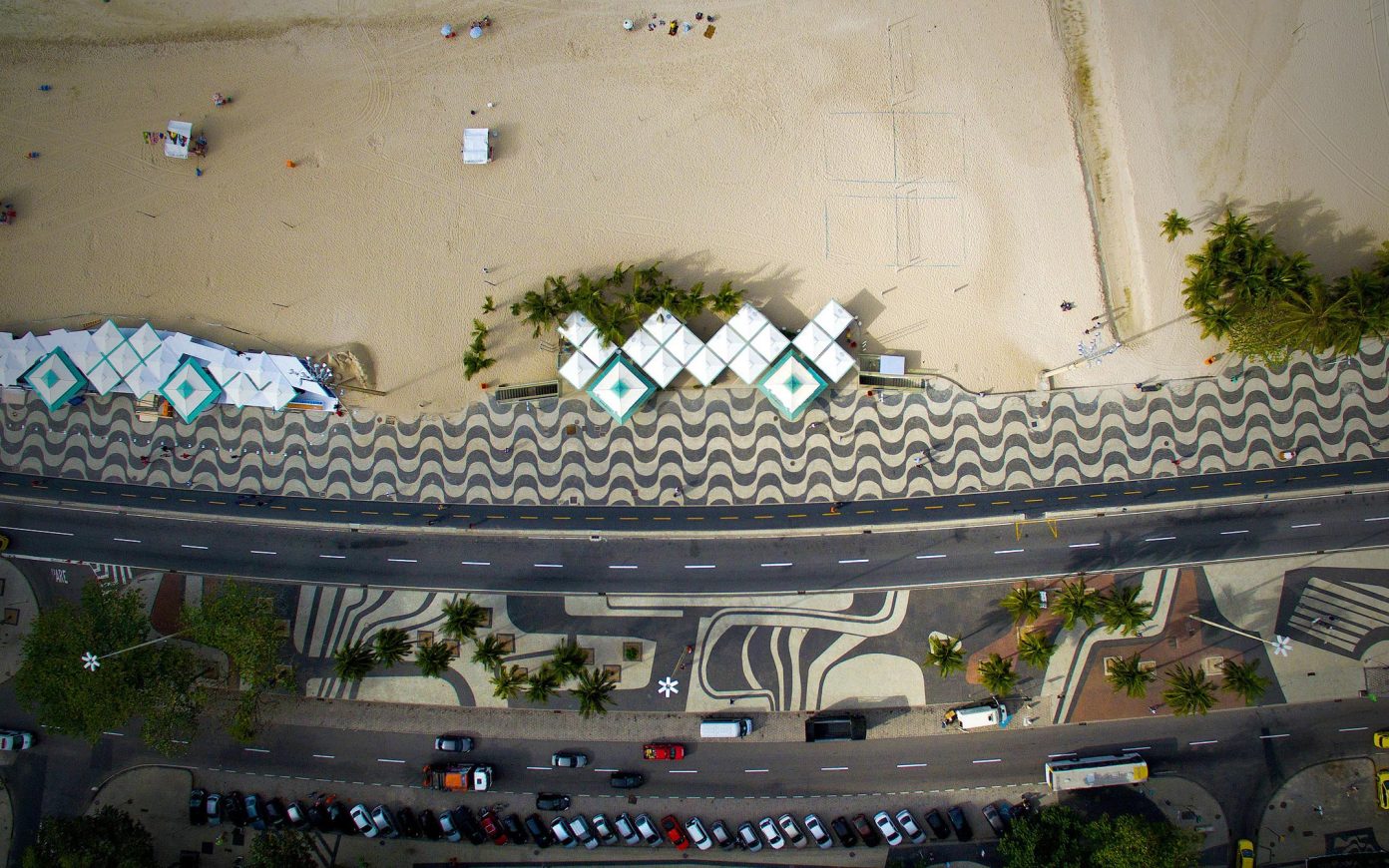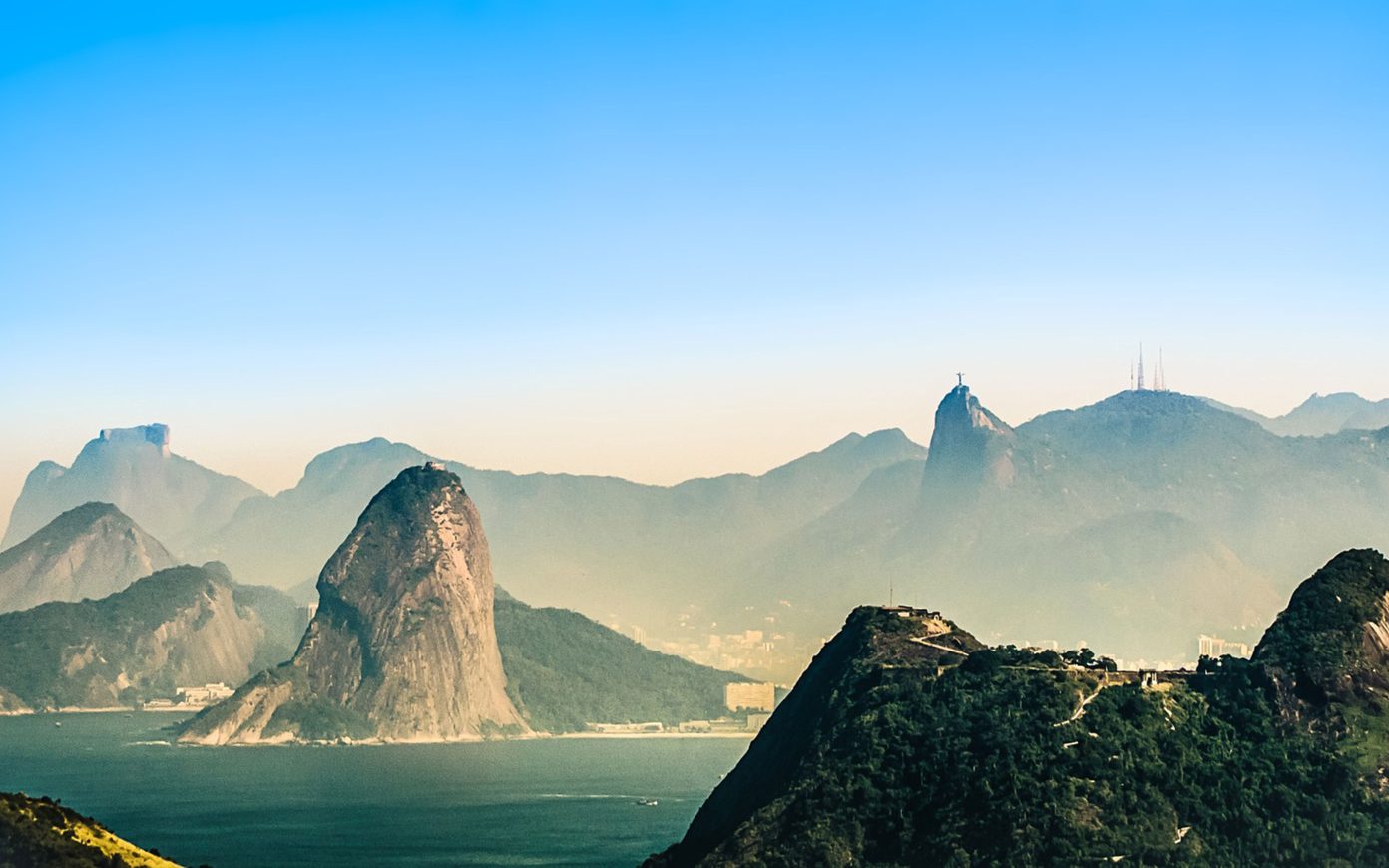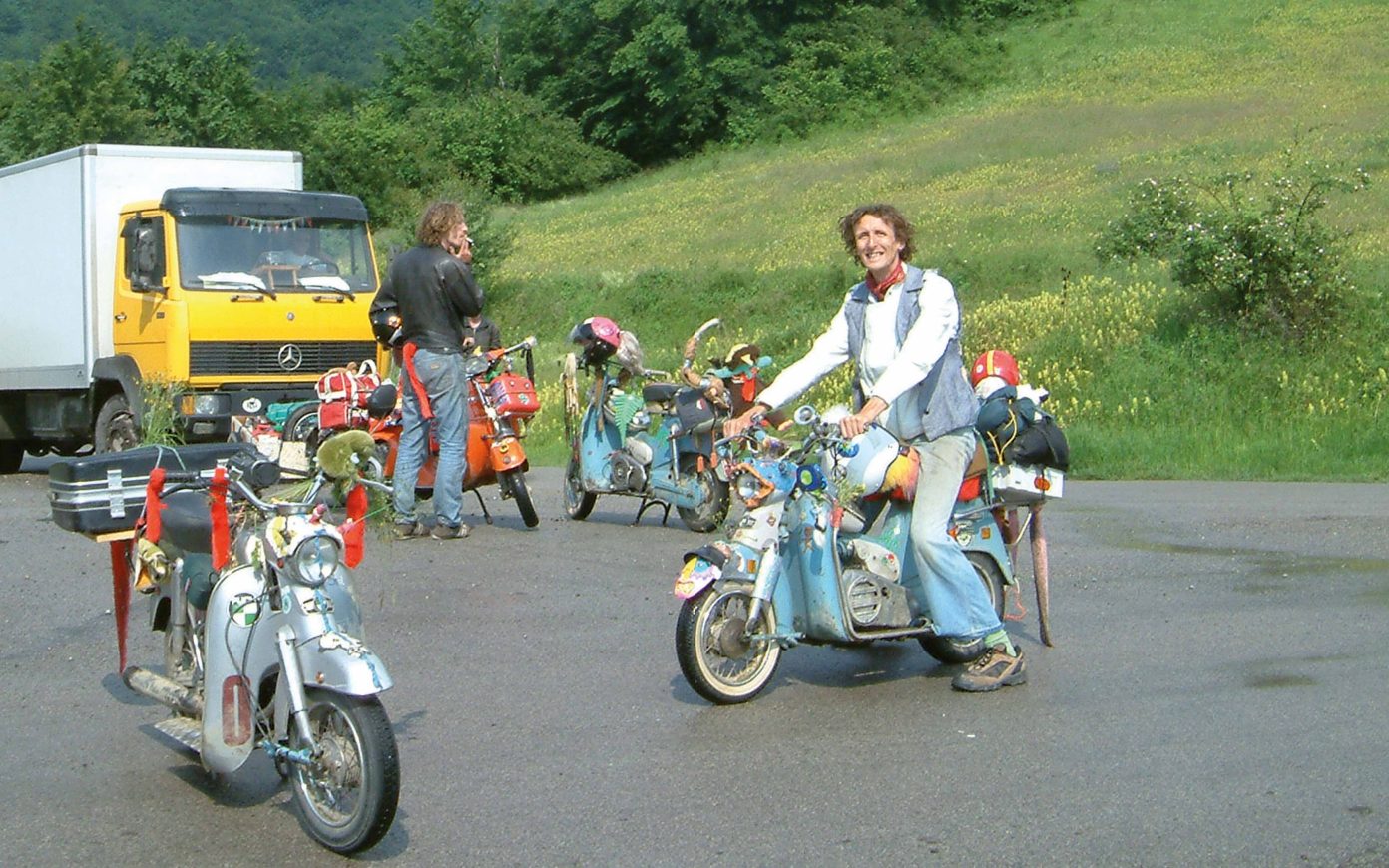Roberto Cabot : Even the clothing is different: the dress style changes from the moment you step foot on the sand. On the sidewalk, everyone is dressing up, cleaning their feet to put their shoes on; on the sand, bare feet reign supreme, you remain naked and all goes well. But if you walk around naked in the city center… That’s something very interesting—the setting isn’t the only thing which counts but also what happens in people’s heads: when a guy arrives at the beach, he transforms himself.
Opavivará : What is interesting is also the pattern of occupancy: when the beach is full, that you are barely arriving and you are looking for the best place… It is a completely organic occupation because the City Hall could also mark off a dedicated accessway to the sea, parcel out the beach, etc. Maybe will it become like that because, day after day, they are submitting a bit more to the market… I find it incredible to see how the beach, despite all its invisible membranes, its social clubs, its locations, is a gathering place. You have the place for families, the place for gays, the place for the lower working-class, the clubs—if you want to cross any space, you just need to get through.
But I think our beachfront has a characteristic: it isn’t calm. Many people come from afar, they get there and don’t find quiet because there are hawkers, altinho playersa ball game played on Rio’s beaches... The beach is replete with activities. It is all imbued with Rio’s life. The beach is really a unique and marvelous place and ultimately it becomes strange when it is too calm.
Roberto Cabot : I think the beach also determines what Rio is in the sense that, to come back to economics, the entire logic of real estate prices is under its influence.
Opavivará : But that is also ephemeral and transient—the city hasn’t always been like that. São Cristóvão was the poshest district during the Empire, and then Catete and Grajaú became more trendy…
Roberto Cabot : And there they discovered the beach…
(This article was published in Stream 03 in 2014.)
